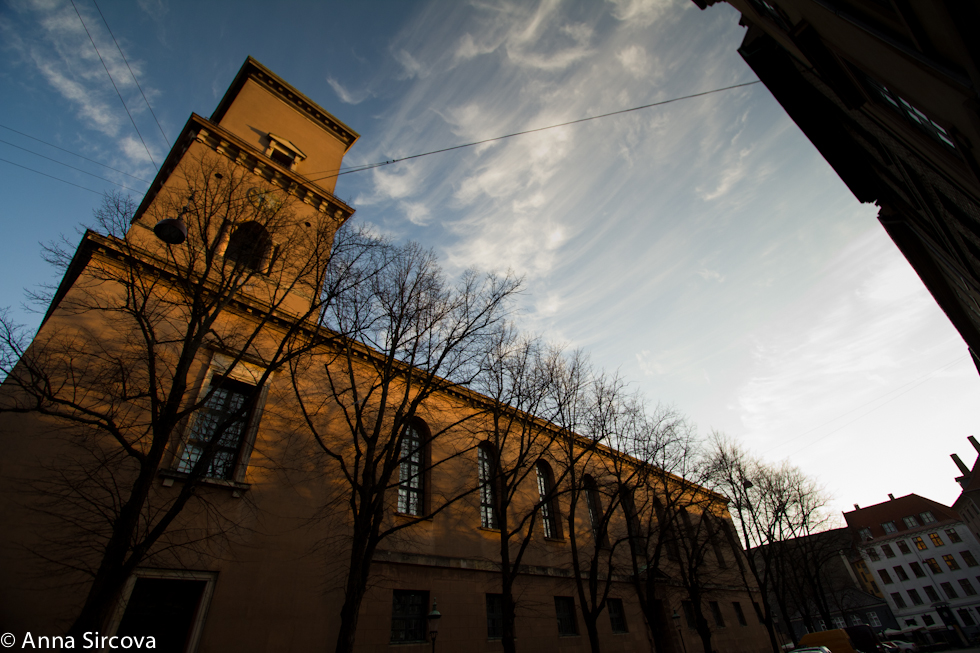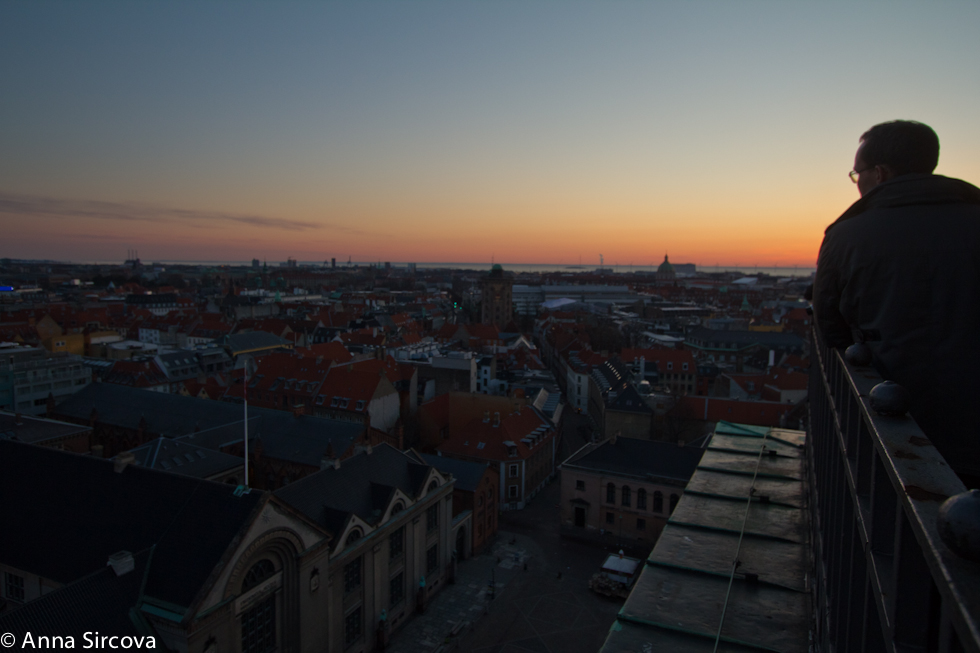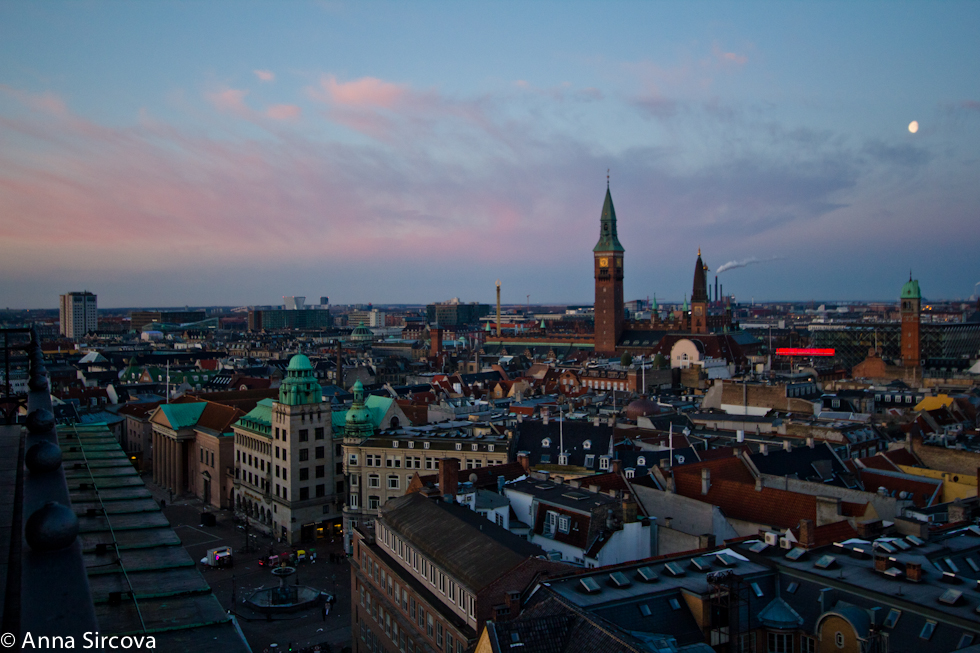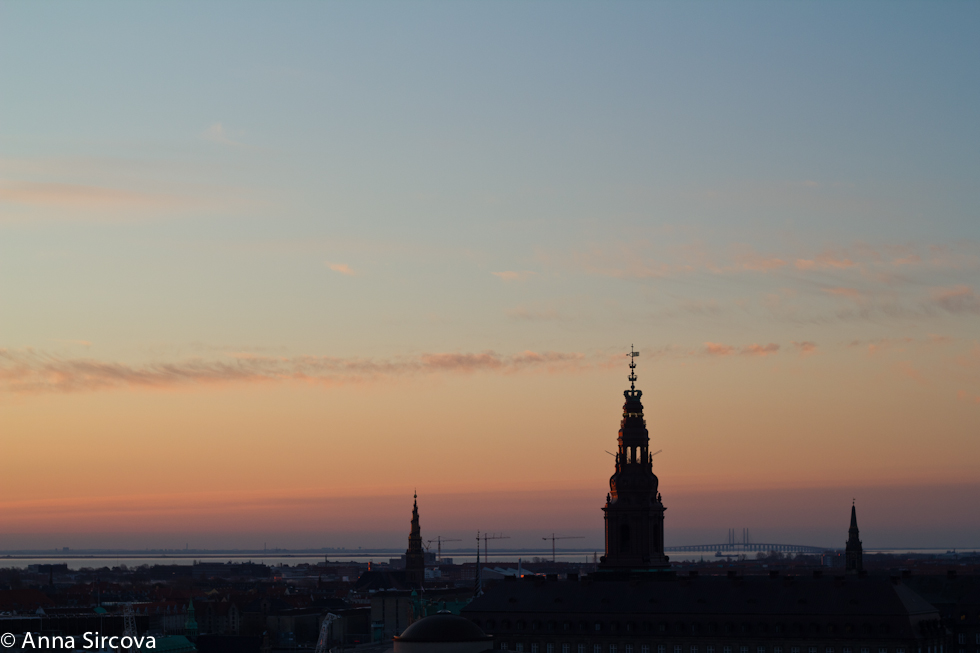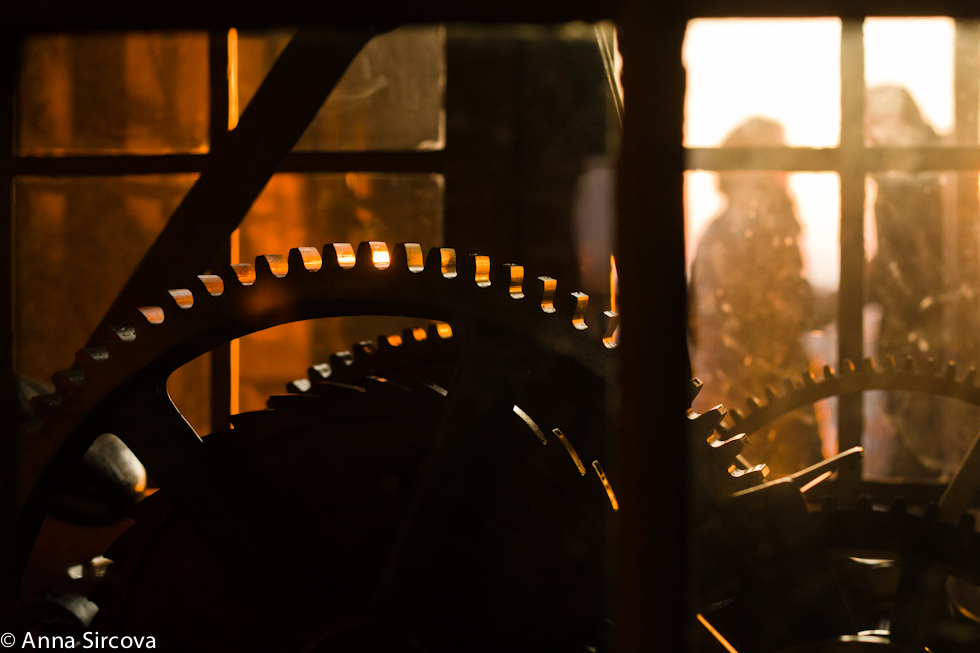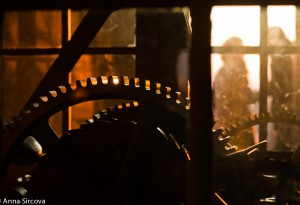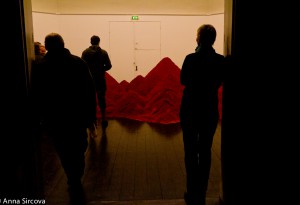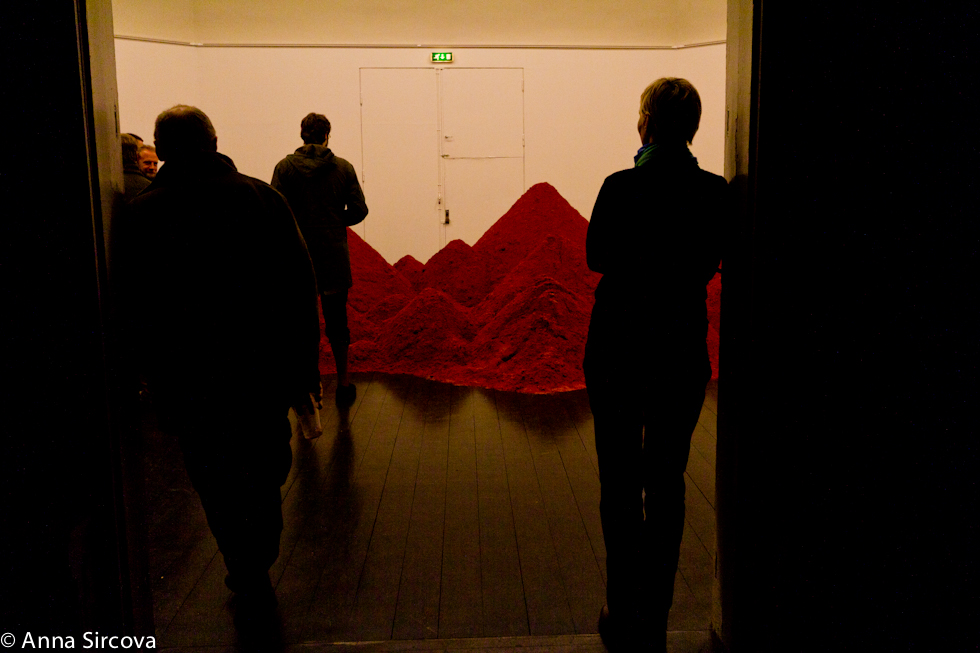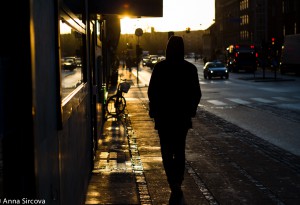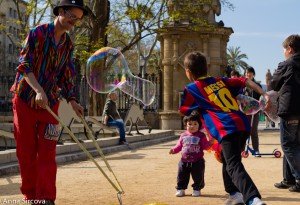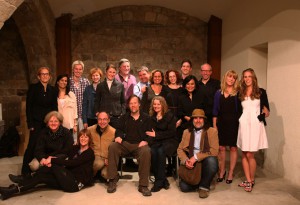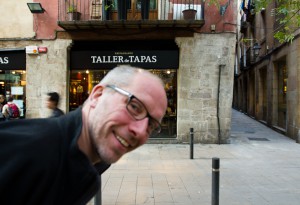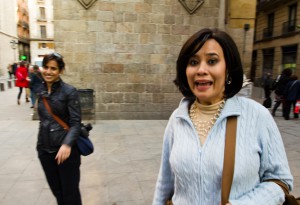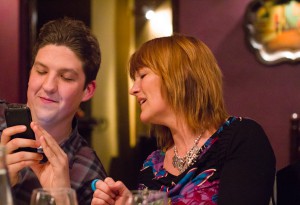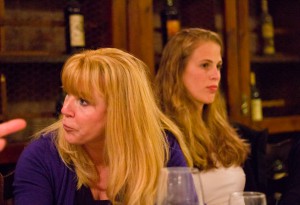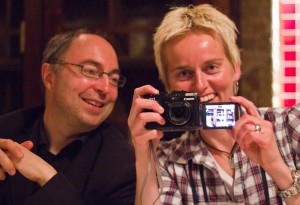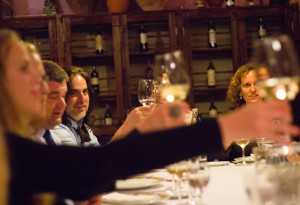
Umea 5 pm | 4 hours of daylight | Umea, Sweden
The Ultimate Loneliness Experience
Umeå, winter 2011-2012
The winter of 2011-2012 was the darkest one in my life (so far) and I hope such a winter will never repeat. Umeå gets about four hours of daylight during late autumn and winter. If you are not local it really messes up the brain. It is something quite impossible to get used to. One has to be born there in order to be fully adapted.
It was my third winter in Umeå and it was all dark everywhere. It’s dark outside, it’s dark inside. I always felt that it is not enough light. It is dark and empty inside me. My clothes are dark.. There is this longing for the light, for being happy, but it is impossible, I’m trapped inside the darkness.. longing to go out..
It is hard to draw a border – where is the day and where is the night? It is just all plain dark all round. There were days (weeks) when I don’t remember how they have passed.. What was I doing then?.. Time flow became distorted.. I was lost in those worlds of darkness.. I was forgetting myself there.. It was impossible to escape it.. I couldn’t cook.. I’d forget to eat.. I lost weight and was sick all the time..
It is nearly impossible to transmit what ones goes through when someone close dies. At least that’s how it was for me.. I stopped going to work due to the cultural clash. I couldn’t deal with the questions people were asking me at work. I guess for them they were normal, appropriate questions.. For me – each time it was a torture.. It seems like there are culturally acceptable formulas of what people ask and what the expected answer should be. I didn’t really figure that out… I stayed home, avoiding questions and going through the experiences and emotions that those questions were evoking in me..
It is far better to be around people when in grief, but for me it was impossible..I was just stuck alone in that total, engulfing darkness from every possible side… As W. Saroyan puts it: “it was a house in which dwelt also rage, sorrow, hatred, and madness itself”…
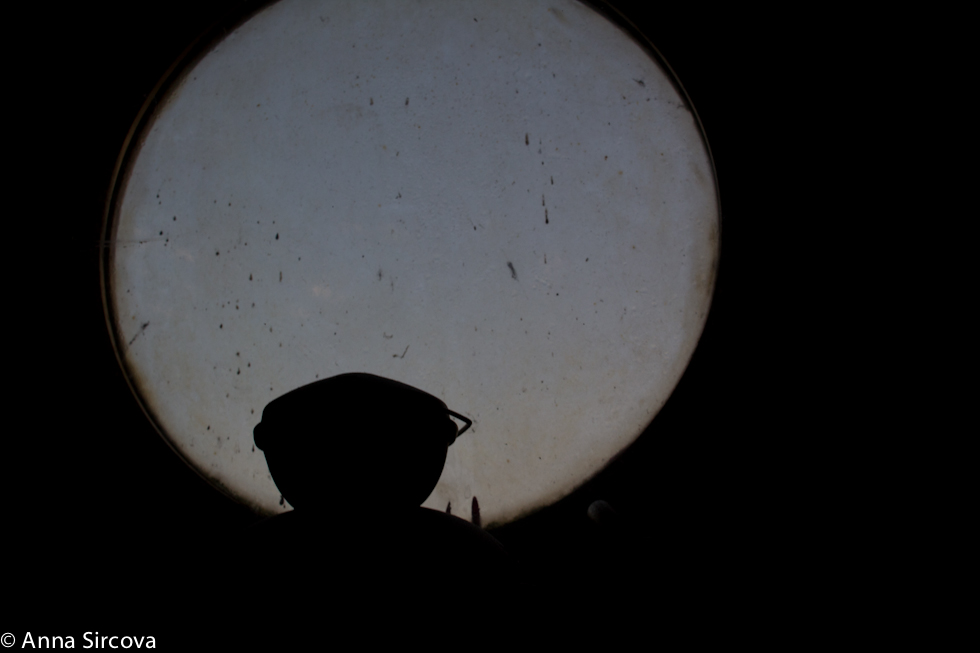
loneliness | Copenhagen, Denmark
How to get back to life? How to come back to normal weight? Why don’t I feel like eating? How to restore normal daily routines and schedules? Why I feel strange after I eat? Why the cough doesn’t go away? Why the apartment is in total mess and I don’t have strength to tidy it up? How to restore the interest to work? How to come back to life and stop this just existing mode? Everything seems so meaningless…
Some of the questions I texted to my mom at some point – who, like me lives elsewhere..
Modern nomads…
Change in perspective, yes.. All the academic talks at lunch breaks and fikas became so distant to me.. All those aspirations, publications, findings, new questions, intrigues, etc., etc. seemed so out of context, out of the big picture.. My big picture included what I have encountered during my father’s illness – all the aftermath of the financial crisis that unraveled in a small country without strong economy.. A country that is sinking into the oblivion as a result of some “chess-game” on some higher levels..
For a long time I was just doing abstract science – solving abstract puzzles out of abstract curiosity by applying all sorts of abstract models.. My research project actually sounds interesting – comparing how people see time of their lives, what are their orientations towards time, what are their decisions based on (past, present or future, or a combination of all three) across 24 countries worldwide… In reality it all comes to just numbers… A lot of data.. A lot of abstract numbers that assumingly represent reality..
I was thinking, ok, we eventually will finish the project, we will publish the results, and what’s next? Who is going to read it? Other scientists, who would cite our work.. We will be happy for the references.. We would be eager to know our citation index.. and in 20 years from now who will be still interested in this?? There are so many publications these days, it’s nearly impossible to keep track of everything that happens in the field.. It’s a meaningless race.. Science lives in it’s own scientific bubble and it is rare when it actually touches the reality. At the time I couldn’t see any tangible results of my research in the near future.. Something that would be used by people in their daily lives, something that would improve it in one way or another..
That’s how the “10th ward project” came around. Something very tangible. Something with a useful result. I was too full with death, I needed something that would fill me with life. Ironically, the project is aimed at supporting a palliative care unit in Latvian Oncology Center, Riga, thus, it is aimed at supporting a place where people can have a good quality of death. Now that some time has passed, I can say it is actually very important.
The project is also a story about how some public decisions (austerity measures in this case) can directly affect not only personal “quality-of-life”, but also “quality-of-death”. Latvia dies out by the rate of 30 persons per day. With the population being a bit more than two million, it is not hard to do the math – around year 2200 there won’t be Latvia any more…. I wonder, when the last person dies, will the death also cease to exist, since there won’t be any one left to experience it? It’s like old philosophical question: “If a tree falls in the forest and there is no one to hear it, does it make a sound?”

Crisis of Capitalism | Indignados, Barcelona, 15.06.2011
In this golden age of self-expressing technologies, the topic of death and dying remains sort of a tabu. We still don’t know how to actually talk about it. We are exposed to death all the time through mass media, but usually it is in a “far-away-land”, even if something happened in our neighborhood, it still remains distant and abstract. We are very well equipped with defense mechanisms that allow us skillfully avoid the topic.
Only the death that happens “on our hands” so to speak, enters our private world and messes it up completely. In Heidegger‘s terms: Those who die don’t experience death. It is us, who remain – have to deal with it, to make sense of it, to incorporate it into our experiences and live with it. And that’s an ordeal, I must say..
I had to deal with it on my own, in another country, away from my mom, my sister, my boyfriend… far away from friends who speak and think in the same language, who knew what I needed the most at the time… And how do you incorporate death of my father’s sister three and a half months later? Actually I couldn’t.. This news were somehow distant to me.. It was too soon, unexpected and I was too drained to experience one more death in our family..
M. Mamardashvili says that “death concludes our life, and only in the death it is complete and its full meaning can be educed”. But how is it to live knowing that you won’t ever hear the voice again? There won’t be any possibilities to argue about something or laugh together at a joke.. How is it to know that it won’t be possible to actually meet the person any more, to give a hug…

my father's bed | Palliative care unit, Riga, Latvia
No man is an island,
Entire of itself.
Each is a piece of the continent,
A part of the main.
If a clod be washed away by the sea,
Europe is the less.
As well as if a promontory were.
As well as if a manor of thine own
Or of thine friend’s were.
Each man’s death diminishes me,
For I am involved in mankind.
Therefore, send not to know
For whom the bell tolls,
It tolls for thee.
– John Donne
What I have learned so far from this experience is that the most appropriate question to ask is “How can I help?”. Work is only work and it gives you only 1 day off for a funeral. The accumulated through ages cultural traditions and rituals are very wise, even if at the moment you don’t understand a thing what’s going on, follow it, let yourself be led into it. It will make sense later and will help feel at peace. It is important to have a always-demanding-for-food cat. And when the sun finally will shine it will have a totally different value.
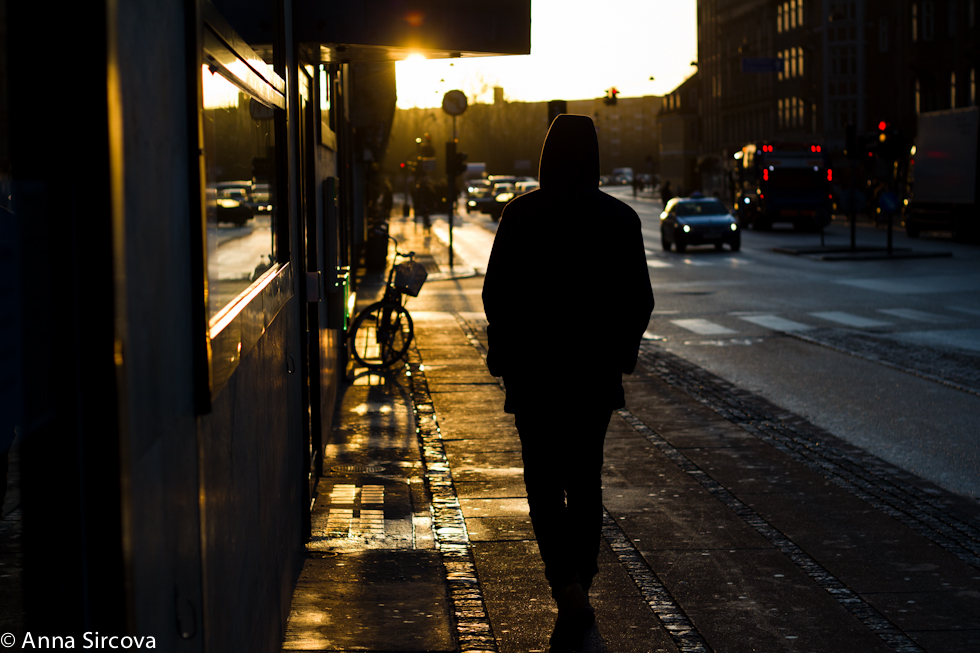
follow the light | the 10th ward project | Copenhagen, Denmark
